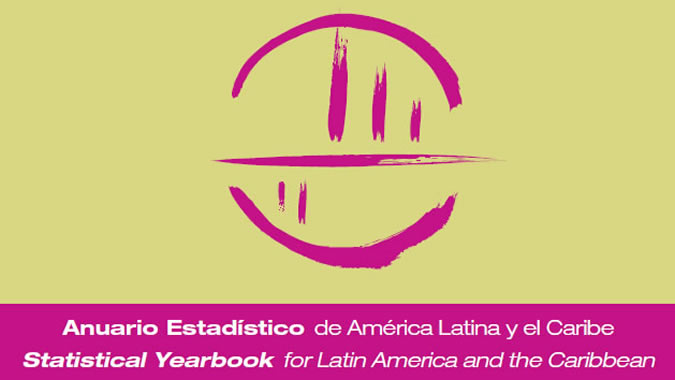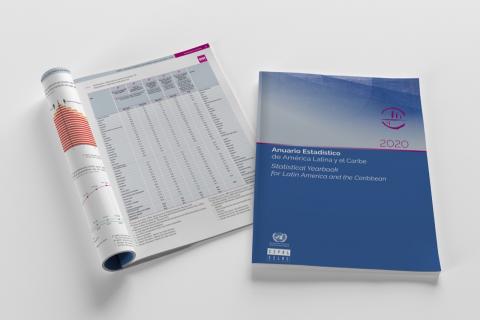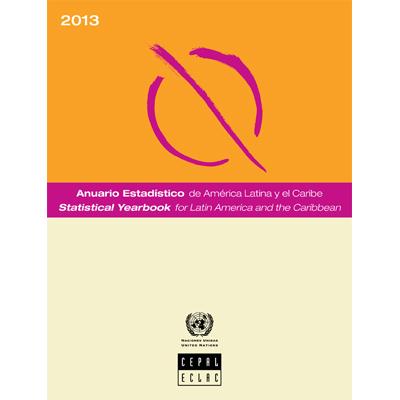Press Release
(February 2, 2015) The Economic Commission for Latin America and the Caribbean (ECLAC) released today the Statistical Yearbook for Latin America and the Caribbean 2014, available on the Internet, which gives a statistical overview of the social, economic and environmental development processes in the region’s countries.
This annual publication contributes to generating knowledge on Latin America and the Caribbean and, therefore, it is an essential reference for the comparative analysis of countries with descriptive statistical data. As in previous editions, the 2014 Yearbook is organized in four chapters.
The first one addresses demographic and social topics, which include population, employment, gender, education, health, poverty and income distribution indicators. According to some of the data, the region—with a population of more than 623 million people—has an average death rate of 16 children under five for every 1,000 live births and around 2 % illiteracy among youth between 15 and 24 years old.
At the same time, although extreme poverty in Latin American countries remained around 12 % in 2014, the total number of people in this situation increased slightly. In addition, the decline in overall poverty observed during recent years has decelerated, stagnating at around 28% last year. Meanwhile, unemployment in the whole of Latin America and the Caribbean has experienced a downward trend since 2003 and was situated at 6 % in 2014.
The second chapter offers economic statistics, providing data on national accounts, balance of payments, price indexes and international trade, among others. The Yearbook shows that the region’s growth has been decelerating since 2010 and in 2013 it ended at 2.7 %. Meanwhile, that year the current account balance registered a deficit of almost 160 billion dollars (2.7 % of the regional GDP), while the average rate of regional annual inflation increased to 6.6 %, nearly one percentage point higher than in 2012.
The third chapter presents statistics related to the environment, its land cover, ecosystems and biodiversity; energy, water and biologic resources; land; air emissions; extreme events and natural disasters; regulation, and environmental management.
In this area, the information shows a reduction in the consumption of substances that erode the ozone layer of around 95 % between 1990 and 2013. Nevertheless, the levels or carbon dioxide emissions per person are still worrying (2.9 tons in 2010), and maintain a slightly upward trend. In addition, the information reveals that almost 60 million people have been affected in the last decade by a natural disaster.
Finally, the Yearbook dedicates a chapter to addressing the methodological aspects of the statistics presented, as well as references to the data sources. Given that most of the information comes directly from national statistic offices, central banks, international organizations and other official institutions, ECLAC invites users to pay attention to the sources and technical notes presented in this document.
The complete text in PDF format and the Excel tables of the Statistical Yearbook for Latin America and the Caribbean 2014 are available on ECLAC’s Web site.
More statistical information about Latin America and the Caribbean can be found on the CEPALSTAT Web site, which includes a set of thematic databases that are updated periodically and cover additional areas and more indicators and temporary coverage than those included in this Yearbook.



